Montana Artist Rudy Autio
Clay artist, painter and optical innovator Rudy Autio remains at the vanguard of a remarkable generation of artists whose work in ceramics and cross-media installations changed the nature of what is considered art in Montana.
His vast vessels and avant-garde ceramics are remarkably multi-sensory and energizing—that’s a major part of their significance. But they are also simultaneously abstract and timeless. Today they speak less of his identity as an 80-year old artistic icon born and raised in a tight-knit Finnish Lutheran community in Butte than of a pensive man seeking serenity, reconciling thorny questions about mortality’s vigor and viability as he skirmishes with his third remission from leukemia.
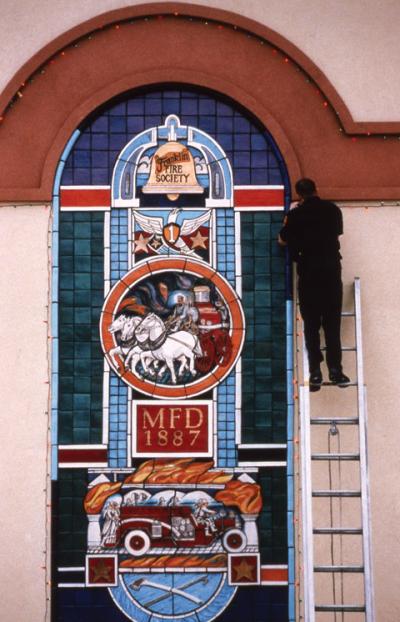
Demure and gracious, one of Montana’s most venerated artists contemplates the conclusion of his influential, inspiring life’s work. “You know, I still like to work,” says Autio. “I’d just go crazy if I didn’t or couldn’t. I’m very happy that I can still work some even though leukemia doesn’t promise me a long life.”
Autio’s mellow voice, like his art, has courage and possesses a taciturn sagacity. He has perennially renewed his pledge to drawing and to the clay vessel. His work can be jazzy, sensuous, and overflowing with color and savoir faire. His superimposed drawings of exuberant women, tumbling horses, and landscapes onto a variety of ceramics are often rooted in western culture.
It’s been fifty since years since Autio sold his first piece of art; in 2006, his large ceramic sculpture, titled “Backstage,” sold for $23,000 at a Missoula Art Museum fund-raiser, making it the most ever paid for a single item at a MAM auction. The hefty sum recently doled out by an art connoisseur to own one of his artistic creations is as perplexing and strange to him as when he’d sold his first piece of crafted clay while residing at the Archie Bray Foundation in 1951.
“I asked for $125 and the guy talked me down to $75. It was a fairly good piece, but I was taken aback that somebody would pay for it. That was five decades ago. When you’re that young, you’ll practically give it away; that’s because you’re so enthusiastic that you can make more.”
The same evening that his chiseled-out ceramic “Backstage” mold fetched such an impressive price, Autio was greeted with a wildly emphatic standing ovation—a booming and decisive display of both unabashed appreciation from his local fans.
“Often I’m surprised by the publicity,” says Autio, who speaks in unpretentious terms that seem thoughtfully deflated in an effort to underestimate his role as an artistic icon.
“I guess it’s a matter of longevity than anything else. I’m no judge of my work. I don’t know if I’m very talented. From the beginning, I’ve never made a lot of separation between the arts. I always wanted to be a sculptor, pure and simple.”
Autio might be the most modest evaluator of his own skills and status, but his deeply developed dedication and ornamental and optic aptitude—specifically when they’re related to ceramics— have certainly impressed upon the tastes of those who count the most in art appreciation. Recently, he received notice that he’s been named the 2007 Master of the Medium in Ceramics by the James Renwick Alliance in Washington, D.C.
The James Renwick Alliance is a group dedicated to promoting American craft arts; it’s the support organization for the Renwick Gallery, which is part of the Smithsonian American Art Museum. Every odd-numbered year, the organization presents Master of the Medium awards in five categories.
After some prodding, Autio does acknowledge that recognition from the Renwick Alliance is “a nice bestowal. I feel good about it.” He should as there are few higher honors for living American ceramicists than the Renwick’s commendation.
However, it’s not just Autio’s typically reserved Finnish nature clouding his enthusiasm, or his natural aversion to self-aggrandizement, or his tacit rejection of platitudes and accomplishments, at work here. Autio has his battle against leukemia on his mind
When Autio was first diagnosed with anemic illness in February of 2005, he was told he would only live two weeks if he didn’t start chemotherapy as soon as possible. Over the past three years, even though Autio’s health has teetered precariously, bouncing back and forth between setback and rebound, he has never lost his appetite or love for ceramic expressiveness.
Born in Butte, Montana., the once bustling capital of the copper industry, in 1926, Autio has lived in his native state throughout most of his career. Raised in an ethnically segregated enclave known as Finntown, he grew up in a house and neighborhood where his parents and most playmates spoke Finnish. Both Finntown and its Italian enclave equivalent Meaderville were razed in the 1950s; today it’s a canyon-like Superfund site known as the Berkeley Pit—a defunct open-pit mine that the Anaconda Company abandoned with a pool of deadly chemicals at the bottom.
“It was fun to go uptown in Butte as a kid in the ‘30s and to see all the characters, the miners drinking, and the street excitement. Guys sold pasties and tamales and pencils,” says Autio, who now lives and works in Missoula.
Years later, Autio headed the ceramics department at the University of Montana, which he did for nearly three decades before retiring as Professor Emeritus of the School of Fine Arts. Prior to his appointment at the University of Montana, Autio was a founding resident artist at the much-heralded Archie Bray Ceramics Foundation in Helena, MT.
“The Archie Bray was a wonderful place, and I met some of the best people there. It’s a world-class place. Archie himself was unique. He was a modest capitalist who supported the arts, dramas and plays, and he was also a gentle brick-master. He had a gentle side and a really tough side.”
In 1963, Autio received a Tiffany Award in Crafts, followed by the American Ceramic Society Art Award in 1978, and a National Endowment grant in 1980, which enabled him to work and lecture at the Arabia Porcelain Factory and the Applied Arts University in Helsinki, Finland. While there, he was elected honorary member of Ornamo, Finland’s Designers organization. In 1981, he was the first recipient of the Governor’s Award and named outstanding visual artist in the state of Montana.
Additionally, Autio is a Fellow of the American Crafts Council, Honorary member of the National Council of Education in the Ceramic Arts, and recipient of the honorary Doctorate of Art from the Maryland Institute, College of Art in Baltimore. His litany of accomplishments is impressive. With accomplishment comes accolades, with accolades lionization, which in turn can most often make the object of such affection discontented, but as far as his own honoring goes, “I don’t understand it, but you put up with it,” laughs Autio.
While Autio’s most acclaimed work is figurative ceramic vessels, he has worked in a variety of materials and other media. In addition to commissions in ceramic relief and tile murals, he has worked in bronze, concrete, glass, fabricated metal sculpture, and design of colorful Rya tapestries. Most of these were commissioned for public buildings in the northwest and one is in Finland.
Even though he’s been tempted into other art mediums, Autio’s love for clay is implacable: “I still love it because there are so many ways you can go with it and because it requires great focus and concentration. There’s the interesting technical side to firing clay, and the sculptural side, and the painting side. Other arts seem so distant to me right now,” he says.
He says, “Even if I’ve only got another six months left to my life, see, that’s okay as long as I’m busy up until then.” The biggest mental hurdle for Autio is that he still has wide-ranging artistic interests, and that his intellectual power and will are vigorous. He extols the artistic aptitude of his wife of 55 years, Lela, and the talents of his contemporaries and predecessors.
[Editor’s note: Rudy Autio died June 20th, shortly after this piece was written.]
Recently published is a book, entitled Rudy Autio, written by Louana M. Lackey, Ph.D, with a foreword by Peter Voulkos. It is available from the American Ceramics Society Web site, www.ceramics.org. Learn more about Rudy Autio’s art at www.rudyautio.com.
~ Brian D’Ambrosio is a freelance writer living, working and recreating in Hamilton, MT. Currently, he is the editor of the Clark Fork Journal, a monthly community newspaper based in the Bitterroot. D’Ambrosio is a frequent contributor to Distinctly Montana Magazine.




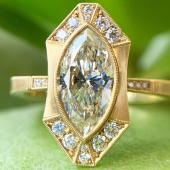
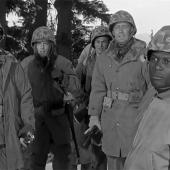
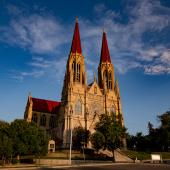
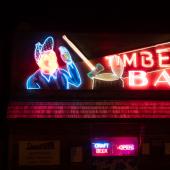
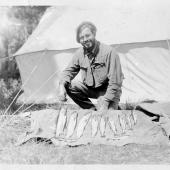

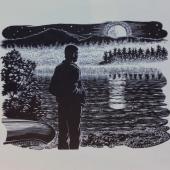

Leave a Comment Here